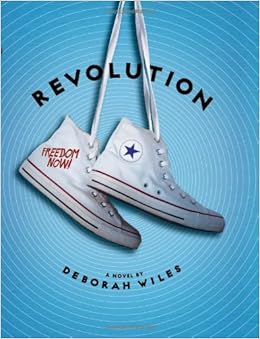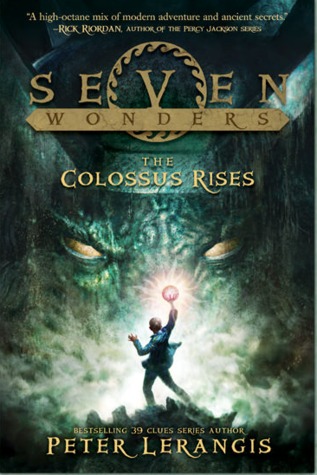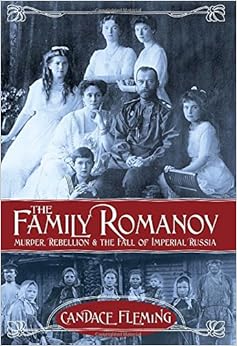 The Amber Cat
The Amber CatHilary McKay
Simon and Schuster, 1995 134 pgs
Grades 3-6
Mystery
Only child, Robin, contracts chicken pox and must stay in bed to recover. His best friend, Dan, also takes sick and joins Robin to wait out the sickness since his parents both work and no one is home to take care of him. Eccentric next door neighbor, Sun Dance, also comes down with the dreaded disease, joins the other two invalids, and the Chicken Pox Club is born. While convalescing, Robin's mother amuses the boys by telling tales from a summer of her childhood, when she and two family friends staying at her seaside home met a mysterious girl on the beach called Harriet. The four became friends and had many adventures including hiding out in a secret cave, riding horses along the beach, digging for treasure, and an ill-fated raft ride. By the end of the book both stories come together as Harriet's true identity is revealed, as is that of Robin's deceased father.
I read this book when it first came out, not knowing it was a sequel to Dog Friday. It didn't matter that I missed the first book. I fell in love with the rural British seaside community, their residents, and this brilliantly written, yet simple, story. Needing a mystery for my Bookworm Club I rediscovered The Amber Cat and find that I like it as much as I did when the book came out almost twenty years ago. McKay offers gentle humor throughout her books, which can be found in this title, even with more serious themes, such as chicken pox and ghosts. The Amber Cat has the peaceful setting of the beach in the winter and is best read in front of a fire with a cup of tea. The two stories are woven seamlessly and I was never confused between time periods or characters (which there are an abundance of). It is a ghost story, but not scary, a mystery with really no clues and a heartwarming family story with the nuclear family consisting of only a single mother and son. The plot is simple, yet exciting and the book is hard to put down. It all comes together in a satisfying conclusion all too soon. The type is comfortable, the margins are big and the book reads fast. The only thing that might discourage readers is that the book feels old fashioned and is very British. The Amber Cat is the antithesis of The Lightning Thief and may not appeal to the Xbox generation. One reader didn't like it because kids "don't get chicken pox anymore, so it must be from the olden days". Dreamy kids will fall into this world and not want to leave. You have to know your reader.







